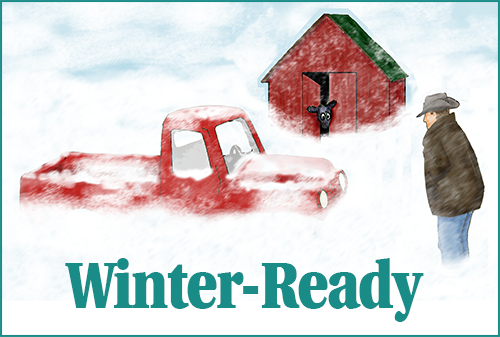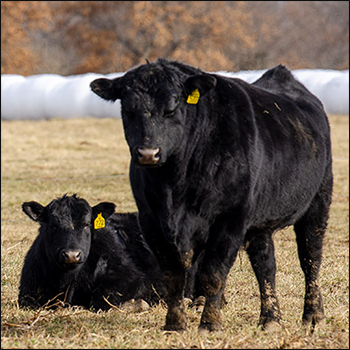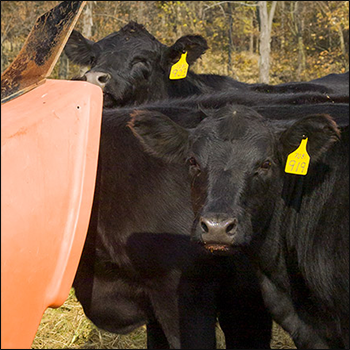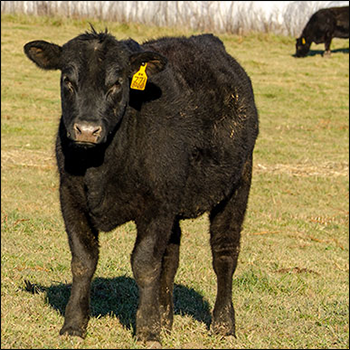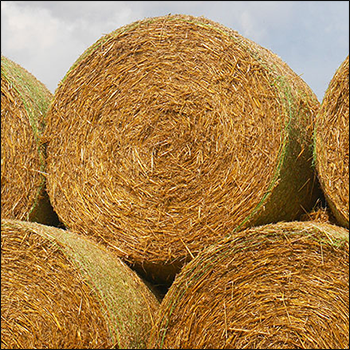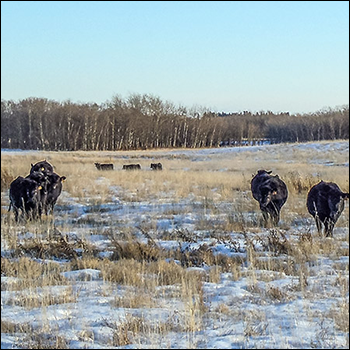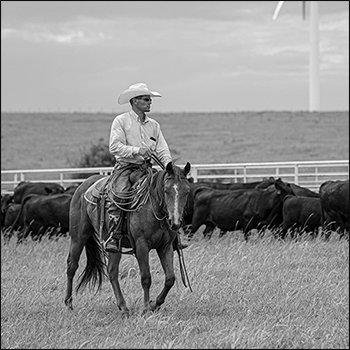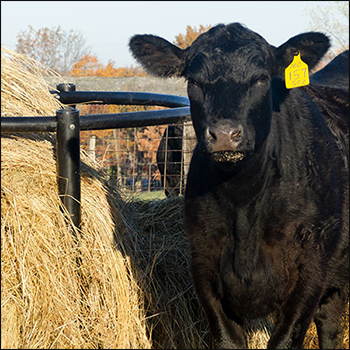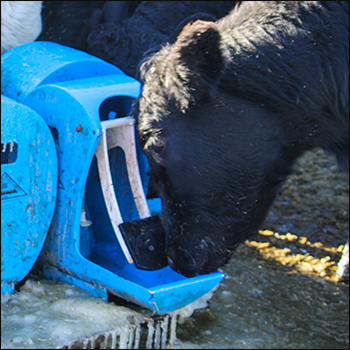
Supply Chain Disruptions & Lessons Learned
Economist gives applications of market disruptions.
Some people say the cattle marketing system is broken. Not Derrell Peel. The Oklahoma State University Extension livestock marketing specialist talked about cattle and beef markets during the Range Beef Cow Symposium hosted Nov. 16-17 in Rapid City, S.D. Peel admitted that the beef supply chain has suffered through the cumulative effects of multiple “black swan” events — events that were unexpected and could not have been predicted. Through it all, he insisted, the markets worked.
 “Demand for ground beef at grocery stores increased. Prices shot from marked lows to new highs,” explained Derrell Peel. “From all of this we learned a lot about supply dynamics and that this industry has probably 20,000 different products.” [Photo by Kasey Brown] |
“I’m talking about infrastructure problems within the packing and processing facilities, labor problems and problems with the national infrastructure, including energy systems and transportation. It wasn’t just the pandemic, but, more than anything, it was the pandemic,” stated Peel.
“What has been revealed is that cattle and livestock markets are the most complex on the planet,” he added.
Peel talked about the effects on foodservice and retail grocery marketing channels. He explained how, for decades, more and more food was sold through foodservice, which includes food sold through hotels, restaurants and institutions. At the onset of the pandemic, foodservice represented 55% of all food expenditures, while retail grocery (food sold for home consumption) represented 45%. The pandemic caused a near reversal of those numbers. Retail grocery expenditures climbed to a 52% share as consumers prepared more meals at home.
Reviewing COVID’s effect on beef production, Peel reminded the audience that beef was plentiful at the start of the pandemic. Then beef production slowed as COVID affected beef packing, processing and distribution, resulting in shortages at the retail level.
“In the beginning, we just couldn’t get the plentiful supply where it needed to be. Then there actually were shortages of supply due to decreased production,” said Peel.
The whole experience has drawn attention to the fact that, in Peel’s opinion, there are “twin supply chains” that are very different. Processing and packaging for retail grocery is more individualized and targets the convenience of consumers preparing meals at home. Foodservice buys in bulk.
Prices of the kinds and cuts of beef marketed through these different channels also responded differently. Prices for beef typically used in foodservice — middle meats and brisket, for example — actually decreased, while prices of other products went up dramatically.
“Demand for ground beef at grocery stores increased. Prices shot from marked lows to new highs,” explained Peel. “From all of this we learned a lot about supply dynamics and that this industry has probably 20,000 different products.”
Looking back at producer-level effects, Peel noted how packing and processing disruptions slowed cattle marketing, leaving a backlog of cattle. Placements dropped in the first half of 2020. Increased placements in the second half carried into 2021, reaching a peak in February. With ongoing processing and distribution issues, it’s been hard to work through fed-cattle supplies. Peel says the industry is getting there. Cattle numbers are coming down and there has been an increase in fed-cattle prices.
“I’m going to argue that our markets have worked very well in the face of unprecedented shocks,” stated Peel. “And we learned how specialized beef supply chains are — something that probably won’t change.”
Editor’s note: Troy Smith is a cattleman and freelance writer from Sargent, Neb. Lead photo from Getty Images.
